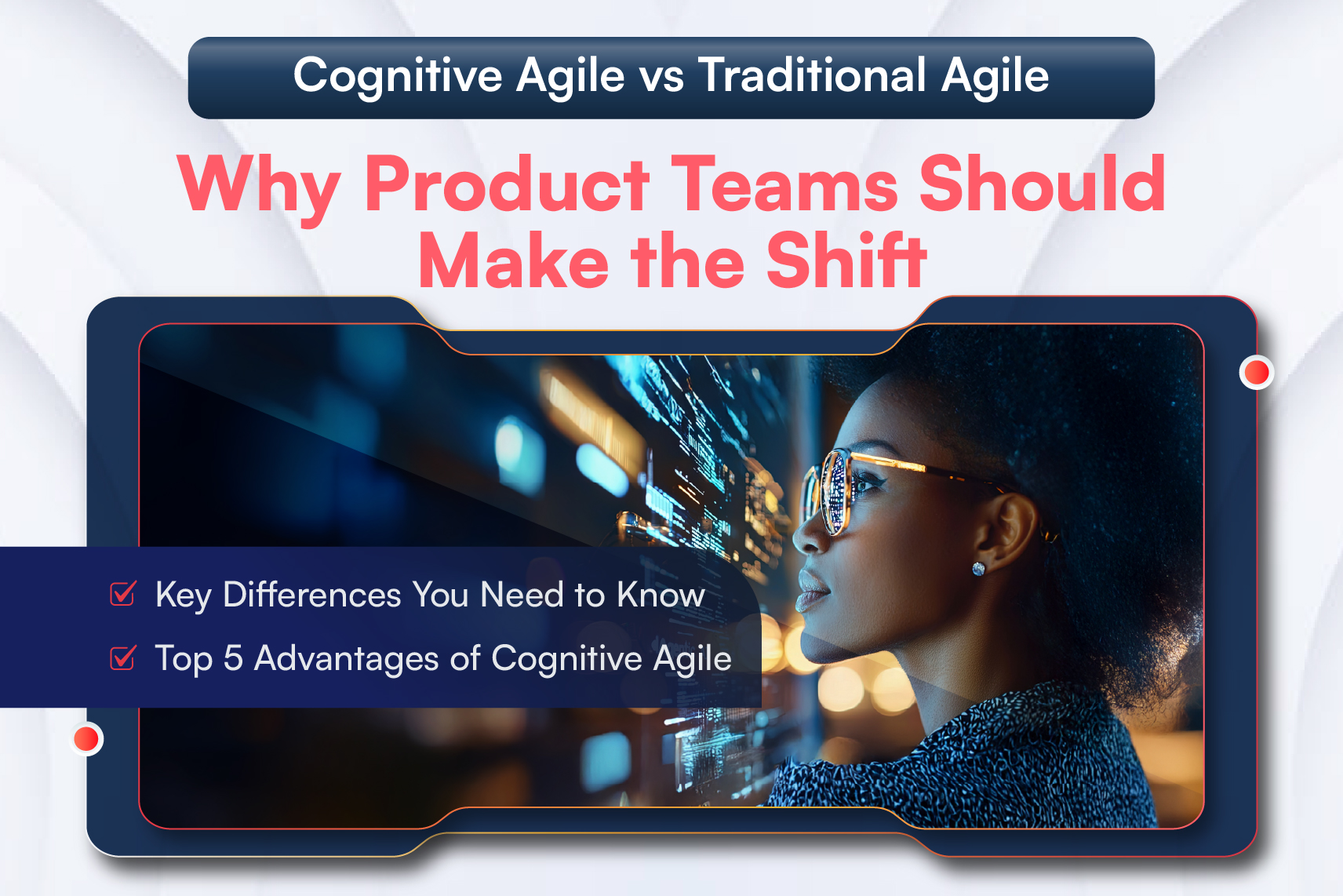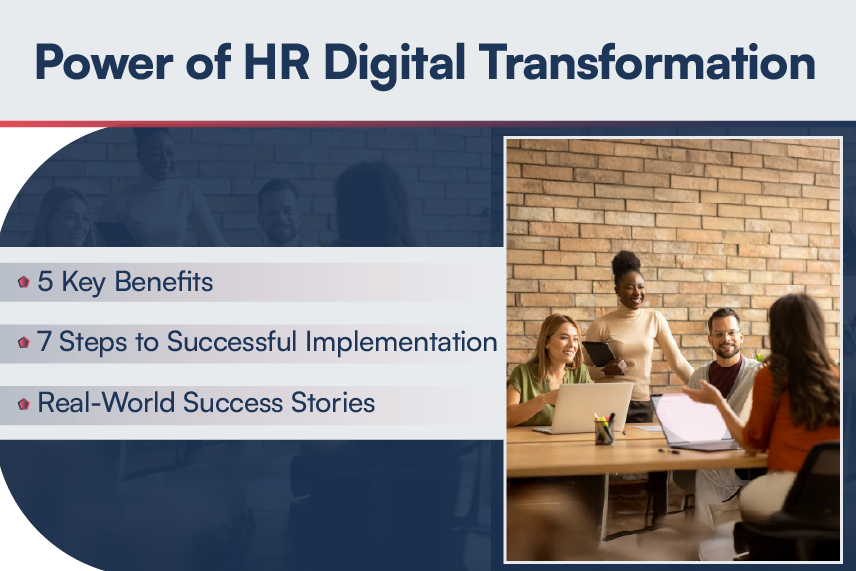
“72% of candidates are driven by career advancement opportunities, the number one reason people change jobs..” MRINetwork report.
“Another research report states that 87% of employers share that improving retention is a critical priority for their organization.” Gallup report and Kronos report.
It is evident that competency-based learning is gaining traction in the corporate world. It is a topic of interest and consideration for organizational leadership. Why is this so?
Let us consider the following scenarios:
Scenario 1: Imagine that you are an employee of an organization and have access to your company LMS (Learning Management System) for undertaking courses. With the traditional learning approach, you will either have access to multiple courses within the LMS or you may be assigned certain courses by your manager or the L&D function. In this scenario, you are compelled to undertake the allocated courses or are overwhelmed by the list of available courses in the LMS.
Scenario 2: Now, imagine yourself receiving an auto email notification from your LMS informing you about your competency gaps, as mapped against your current job role. This comes along with the list of courses for filling the competency gaps and advancing your career.
Which of these scenarios would you like to have as part of your workday?
If your answer is scenario 2, that’s competency-based learning for you!
Competency-based learning brings intrinsic motivation in the workforce to learn and build competencies for themselves, thus advancing towards career growth.
That brings us to the next question – how will the LMS know what competencies are to be achieved by each employee in the organization?
To answer this, there is something called a Competency Profile that is generated in your LMS, when you implement competency-based learning. A competency profile is a collection of relevant competencies which is clearly defined for each job role and at each level (Executive, Manager, Director, and so on) within the organization.
Every competency is pre-mapped to learning content which the employee will have access to only in case he/she has a competency gap.
Now, how would the LMS know if an employee has a competency gap in the first place? Good question, right?
The answer to this is something called a Pre-Test. When competency-based learning is implemented in your organization, one also implements a Pre-Test within the LMS. Upon logging in to the LMS post-implementation of competency-based learning, the employee should be able to see only his/her:
- ‘Competency Profile’ which the LMS has identified based on the employee’s role and level within the organization and
- the ‘Pre-Test’ module for the employee to undertake.
Upon successful completion of the pre-test, only the relevant learning modules will be opened up for the employee. The employee now has a clear path and associated learning modules to achieve the desired competency level as per his role and advance in his career.
Hence, implementing competency-based learning has a series of benefits for the organization as well as its employees. Some of these benefits include:
- Attracting new talent and helping retain existing talent.
- Helping employees acquire new skills and have a career path.
- Increasing internal resource mobility and human capital utilization.
- Identifying organizational competency gaps and addressing them in advance.
I would be happy to know your comments and questions on this subject.






